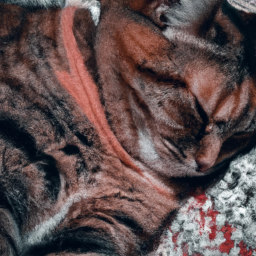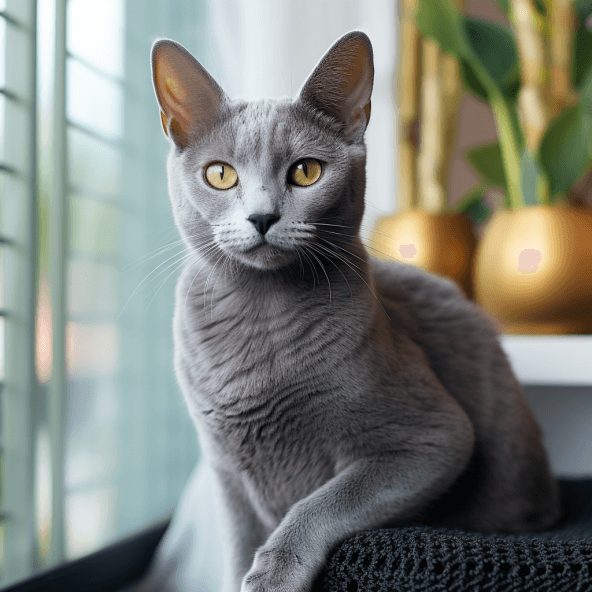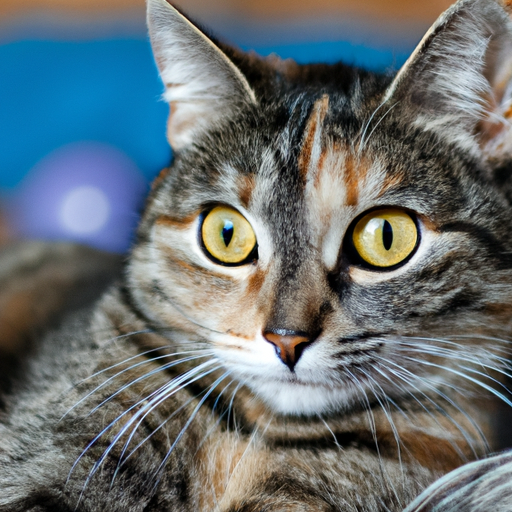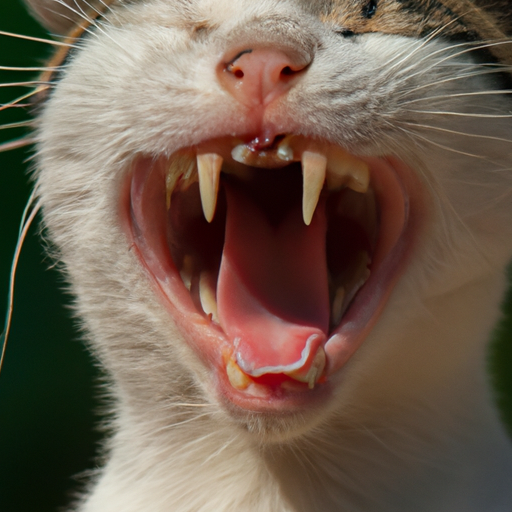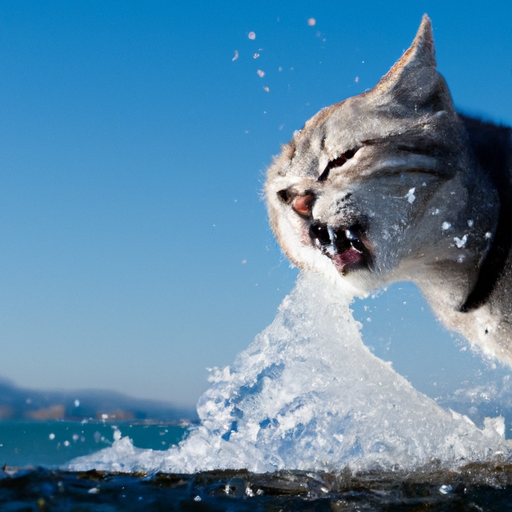How Long Do Cats Stay Pregnant?
As a cat owner or enthusiast, you’ve likely asked this question, “how long do cats stay pregnant?” It’s common knowledge that human gestation lasts around nine months, but a cat’s gestation period quite different. This article will guide you through everything you need to know about feline pregnancy, breaking it down into understandable details. Plus, you won’t just uncover the length of a cat’s gestation period but also signs to look out for during its pregnancy, as well as best-care practices. So get ready to broaden your knowledge about your feline companion’s pregnancy journey.
Understanding Cat Pregnancy
When it comes to the world of pet parenting, cat pregnancy can often seem shrouded in mystery. It’s not only about knowing “how long do cats stay pregnant” but also understanding the intricate cycle of reproduction they undergo, which is drastically different from human gestation.
The Reproductive Cycle of Cats
Your cat’s pregnancy can be divided into several stages, each characterized by significant hormonal, behavioural, and physical changes. It’s essential to understand that unlike humans, a female cat’s (called a queen) fertility cycle is called ‘polyestrous,’ meaning she has multiple heat cycles within a year, usually around every three weeks in the warmer months.
Identifying Signs of Pregnancy in Cats
Identifying signs of pregnancy in cats can be challenging, especially in the early stages. You may notice a few indicators like her nipples becoming darker and enlarged (a condition familiarly known as ‘pinking up’). Around 3 weeks after mating, she may develop morning sickness due to hormonal fluctuations, similar to human pregnancy.
Importance of Spaying Cats in Controlling Pet Population
One crucial aspect of responsible pet parenting is understanding the importance of spaying. Spaying not only helps in population control but also lowers the risk of certain illnesses related to the reproductive system and eliminates the consequent distress of heat cycles.
Duration of A Cat’s Pregnancy
Once you have a grasp of the cat reproductive cycle and pregnancy signs, you might be curious about how long cats stay pregnant. A typical cat pregnancy usually lasts around nine weeks, spanning between 58 to 67 days.
Factors Affecting the Gestation Period
Several factors can impact the duration of a cat’s pregnancy. These can include her overall health, age, nutritional status, or any potential underlying medical conditions. Stressful situations can also potentially extend the gestation period.
Varying Lengths of Pregnancy in Different Cat Breeds
The breed of a cat can also influence the gestation period. While the difference is generally minimal, certain pedigree cats may have slightly shorter or longer pregnancy durations.
Early Stages of Cat Pregnancy
The early stages of cat pregnancy are characterized by several changes – both physical and behavioural.
First Weeks of Pregnancy
During the first few weeks, you may notice a hardening or a slight enlargement in your cat’s midsection. This period also sees the development of embryos in the uterus.
Physical and Behavioural Changes in the Cat
Alongside physical changes, you may also encounter behavioural changes in your furry friend. From increased affection, a heightened sense of comfort-seeking to reduced appetite and slight weight gain, these changes can vary wildly between individual cats.
Nutritional Requirements during the Early Stages
There’s no denying that the early stages of cat pregnancy carry essential nutritional requirements. A pregnant cat will need nutritious and high-quality meals to support her and her growing kittens. Your veterinarian may suggest a more calorie-rich diet.
Mid Stages of Cat Pregnancy
The midway point of cat pregnancy brings even more changes and developments.
Growth and Development of the Kittens
By this stage, the kittens are beginning to take shape. Their organs start forming, and they begin to look more like little cats than fetuses.
Changes in the Mother Cat’s Behaviour
The mother cat may display nesting behaviour, finding safe and quiet spaces for her forthcoming litter. You may also notice a significant increase in her appetite during this phase.
Health Concerns and Care during the Mid Gestation Stage
Amidst these beautiful developments, potential health concerns arise, such as infections or nutritional deficiencies. Hence, regular vet check-ups are vital during this stage.
Late Stages of Cat Pregnancy
As your cat edges towards the end of her pregnancy, her needs and behaviour will further evolve.
Preparations for Birth
A clear sign of the nearing birth is the cat’s increased nesting behaviour. At this time, providing an appropriate birthing box may be helpful.
Physical Traits Indicating Approaching Labour
Towards the last week before birth, you may notice the cat’s abdomen shifting as the kittens move into the birthing position. Her appetite will decrease significantly, and she may show signs like pacing, restlessness, or even vocalizing.
Dietary Adjustments for the Pregnant Cat
As birth approaches, your furry friend requires more energy-rich nutrients. It is when your vet might suggest switching to kitten food till she weans her litter.
Recognizing Complications during Cat Pregnancy
While most cat pregnancies progress smoothly, complications may occur, and it’s essential to identify them swiftly.
Understanding Potential Pregnancy Complications
Pregnancy complications in cats can include miscarriage, obesity, malnutrition, or more severe concerns like eclampsia – a life-threatening condition caused due to calcium deficiency in the late stages of pregnancy.
When to Seek Veterinary Assistance
Reluctance to eat, vomiting, foul-smelling vaginal discharge, or prolonged labour (more than 24 hours without producing kittens) are some of the signs that should signal a vet visit.
Prevention of Pregnancy Complications
Prevention is better than cure. Regular vet check-ups, a balanced diet, a low-stress environment, and attentive care can go a long way in preventing pregnancy complications and ensuring a healthy gestation period.
The Process of Giving Birth
As your cat progresses into labour, understanding the birthing process becomes pivotal.
Understanding the Cat Birthing Process
The cat birthing process, also known as ‘queening,’ is a natural process, and most cats are able to handle it with minimal human intervention. However, being prepared for potential complications is critical.
Possible Complications during Labour
Complications can include dystocia (difficulty in giving birth), prolonged labour, or even the mother cat neglecting the kittens after birth.
Postpartum Concerns and Care
In the postpartum phase, monitoring the mother and her kittens’ health is of utmost importance. Keep an eye out for signs of malnutrition, dehydration, or complications like mastitis (infection in the mammary glands).
Caring for Newborn Kittens
Newborn kittens require a lot of care and attention to ensure a healthy start to life.
Initial Care for Newborn Kittens
From helping them with nursing, maintaining a warm environment, to handling them gently, catering to newborn kittens can be an intensive task.
Feeding and Weaning Kittens
The mother cat will nourish her kittens with her milk for about eight weeks, after which they’ll begin transitioning to solid foods— a gradual process known as weaning.
Recognizing and Addressing Health Issues in Kittens
As most kittens are prone to health issues like upper respiratory infections or fleas, recognise the signs and seek veterinary help immediately if any irregularities are spotted.
Post-Pregnancy Care for the Mother Cat
Just like her kittens, the mother cat too requires attention and care during the post-pregnancy period.
Physical Changes in the Postnatal Cat
Postnatal cats typically experience physical changes such as weight loss due to nursing and exhaustion resulting from the birthing process.
Caring for a Nursing Mother Cat
Ensuring the mother cat has access to high-quality nutrient-dense food, clean water, and a cosy nest can help her recover from the rigours of pregnancy, birth, and nursing.
When to Introduce the Mother Cat to the Outside World Again
Allow the mother cat to return to her normal routine after the kittens are weaned. Always ensure that this transition is gentle and gradual.
Myths and Misconceptions about Cat Pregnancy
Several misconceptions revolve around cat pregnancy, many of which are unhelpful and misleading.
Debunking Common Myths
From notions that pregnant cats mustn’t be spayed to the idea that human pregnancy tests work on cats, it’s essential to distinguish fact from fiction.
Creating a Safe Environment for the Pregnant Cat
The cat needs to feel safe and loved. Formulating a stress-free space with cosy nesting areas and constant access to food, water, and a litter box can go a long way in ensuring a healthy pregnancy.
The Truth about Cat Pregnancy and Human Health
While pregnant women are advised to avoid cat litter due to the risk of toxoplasmosis, with proper hygiene and precautions, owning and caring for a pregnant cat doesn’t pose significant health risks.
Understanding and caring for a pregnant cat can indeed be a daunting task. But with a blend of knowledge, attentive care, and love, you can ensure your feline companion goes through her pregnancy smoothly and healthily.

